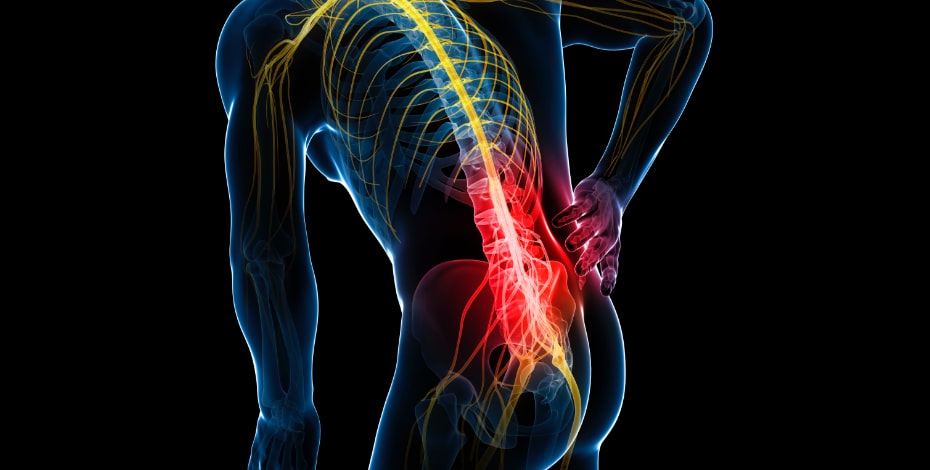
The lumbar spine and pelvic region is nothing to fear

Trish Wisbey-Roth is a prolific educator and is the creator and teacher of the ‘3D assessment and treatment of the lumbar spine and pelvis’ course to be held 25–26 July.
How did this course come about, and what was the motivation behind it?
There is a lot of confusing information, particularly on treating the pelvis and the lumbar spine. I wanted to demystify the area by giving a differential diagnosis assessment treatment scaffold for physiotherapists to have, as a clear roadmap of what direction to take for effective manual therapy.
Who is the course targeted towards, and who do you think will benefit most from coming?
I think anyone with an interest in the lumbar pelvic region and manual therapy will see some benefit but it is particularly worthwhile for new graduates, those in their first five years out from university. This course is relevant if they are working in either private practice or hospital outpatients, because it really will give them a strong grounding on differential diagnosis in the lumbarpelvic area.
There are a lot of patients who either come to hospital outpatients or to private practice with lumbar spine and pelvic issues, so the course is not restricted to patients only seen in private practise or vice versa. The skills learned are something that physiotherapists are going to use straight away when they go back into work.
How will attending ‘3D assessment and treatment of the lumbar spine and pelvis’ improve the clinical reasoning and the competency of physiotherapists?
The course is incredibly practical and interactive. In the first two hours we cover the theory about kinematics and differential diagnosis, and then the rest of the day is all about assessment. This means being able to differentially diagnose the patient’s issue, giving the patient a clear outline of what is happening, and then picking a specific and effective treatment to start the rehabilitation process—before they go onto exercises.
That’s the main aim, to understand the lumbar spine and pelvic region and to make sure in that initial patient assessment physiotherapists have a great structure to follow, and are able to carry that on through to the first couple of treatments and beyond productively and positively.
What can participants expect to take away from the two-day course?
One of my real aims from a course is that on the first morning back at work, attendees are able to use the assessment and treatment protocols learned. So essentially after the course, in one half-hour consultation the physiotherapist will be able to do a key assessment, a manual therapy treatment and reassessment of the patient. If they have more time with the patient, that’s a bonus.
The whole course is set up so that it is practical, interactive, and it provides templates that can be taken back into the clinic and used with patients for the next week. The whole aim is to make it very user friendly and to be able to integrate back into clinical practice immediately.
Other courses by Trish coming up:
- ‘Hip differential diagnosis and prescriptive exercise’, 19–20 September, Southport QLD
- ‘3D assessment and treatment of cervical and thoracic spine and ribs’, 17–18 October, Camberwell VIC.
About Trish
Trish Wisbey-Roth, FACP, has been a physio for more than 30 years and has been involved with Australian sport at the Olympic level. Trish has a passion for differential diagnosis and effective rehab of the lumbar-pelvic area and continues to work clinically and lecture extensively.
© Copyright 2025 by Australian Physiotherapy Association. All rights reserved.





